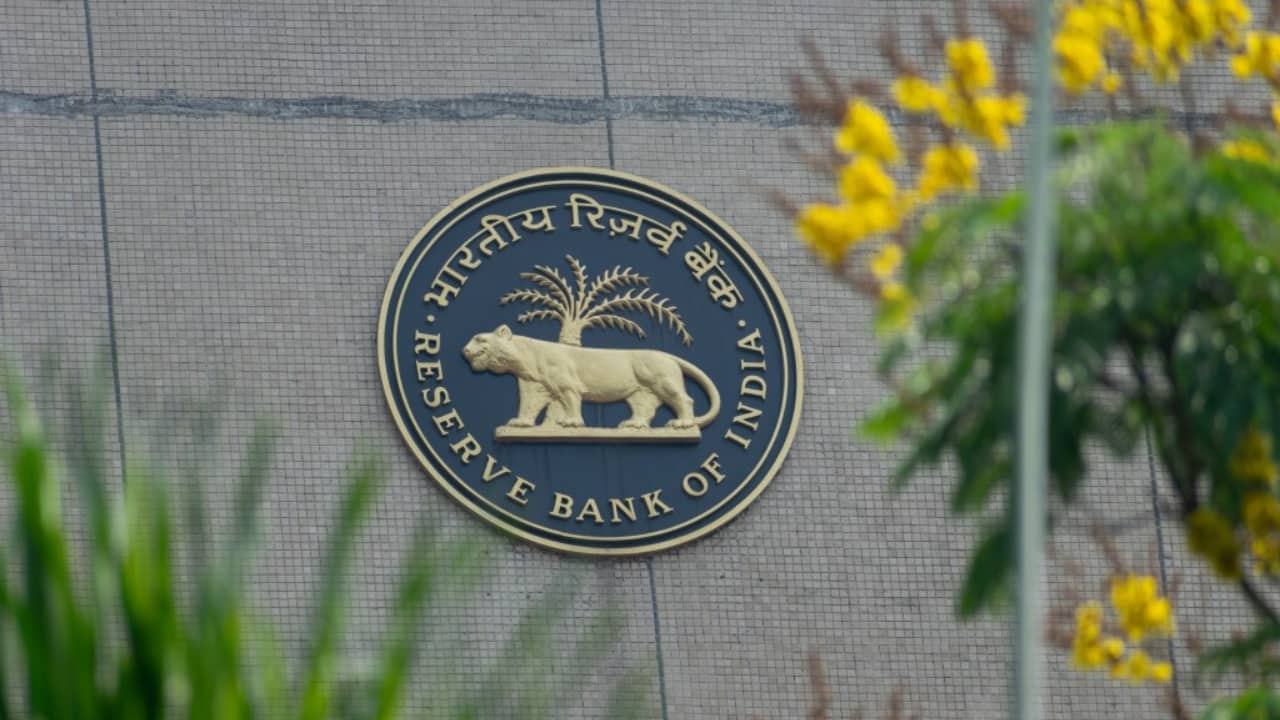RBI Eases Lending Rules for Small Finance Banks: What it Means for Borrowers

In a move that's set to reshape the landscape of lending in India, the Reserve Bank of India (RBI) has significantly reduced the requirement for Small Finance Banks (SFBs) to allocate funds to priority sectors. Previously mandated to channel 75% of their loans towards these sectors, SFBs will now only need to commit 60%. This shift has sparked considerable discussion, and it's crucial to understand the implications for both banks and borrowers.
What are Priority Sectors?
Priority sectors encompass areas deemed vital for economic growth and social development. These typically include agriculture, micro and small enterprises, renewable energy, education, and healthcare. The RBI’s policy aims to ensure these crucial sectors receive adequate financing, supporting their expansion and contributing to overall national progress.
Why the Change?
The decision to lower the lending requirement wasn't taken lightly. The RBI conducted a thorough review, considering the evolving financial environment and the operational realities of SFBs. Several factors contributed to this change:
- Increased Competition: SFBs face growing competition from larger banks and fintech companies. Relaxing the lending requirement provides them with greater flexibility to diversify their loan portfolios and attract a wider range of customers.
- Capital Constraints: Some SFBs have struggled to meet the 75% target, particularly in certain regions or economic conditions. This adjustment eases the pressure and allows them to operate more sustainably.
- Risk Management: Diversifying loan portfolios can improve risk management by reducing exposure to specific sectors.
What Does This Mean for Borrowers?
While the immediate impact might seem subtle, the change could ultimately benefit borrowers. Here's how:
- Increased Loan Availability: With greater flexibility, SFBs might be more willing to lend to borrowers outside of priority sectors, potentially increasing overall loan availability.
- Competitive Interest Rates: Increased competition among banks could lead to more competitive interest rates, benefiting borrowers across various sectors.
- More Innovative Products: SFBs might be encouraged to develop more innovative loan products tailored to specific borrower needs, as they have more freedom to manage their lending portfolios.
Looking Ahead
The RBI's decision is a pragmatic response to the changing financial landscape. It aims to strike a balance between supporting priority sectors and enabling SFBs to thrive in a competitive environment. The effectiveness of this policy will depend on how SFBs adapt and utilize this newfound flexibility. Borrowers should be aware of the potential benefits and keep an eye on how this adjustment impacts lending practices in the coming months.
Disclaimer: This article provides general information and should not be considered financial advice. Consult with a qualified financial advisor for personalized guidance.






